MM (Millions)
Units of figures representing millions
We often find the abbreviation (mm) on financial statements, which stands for millions. Unfortunately, this practice can occasionally cause confusion within the financial industry as multiple numerical abbreviations are used interchangeably within society.

Typically we think of a million being abbreviated as (M). Yet, often in finance and accounting, we find that this abbreviation deviates from the cultural norm that permeates most industries.
Outside of finance and accounting, it is common to find the value of a thousand abbreviated as (K), the value of a million abbreviated as (M), and the value of a billion abbreviated as (B).
Within finance and accounting, we often find something quite different. For example, a thousand is often abbreviated as (M), a million is abbreviated as (MM), and a billion is abbreviated as (BN) or (MMM).
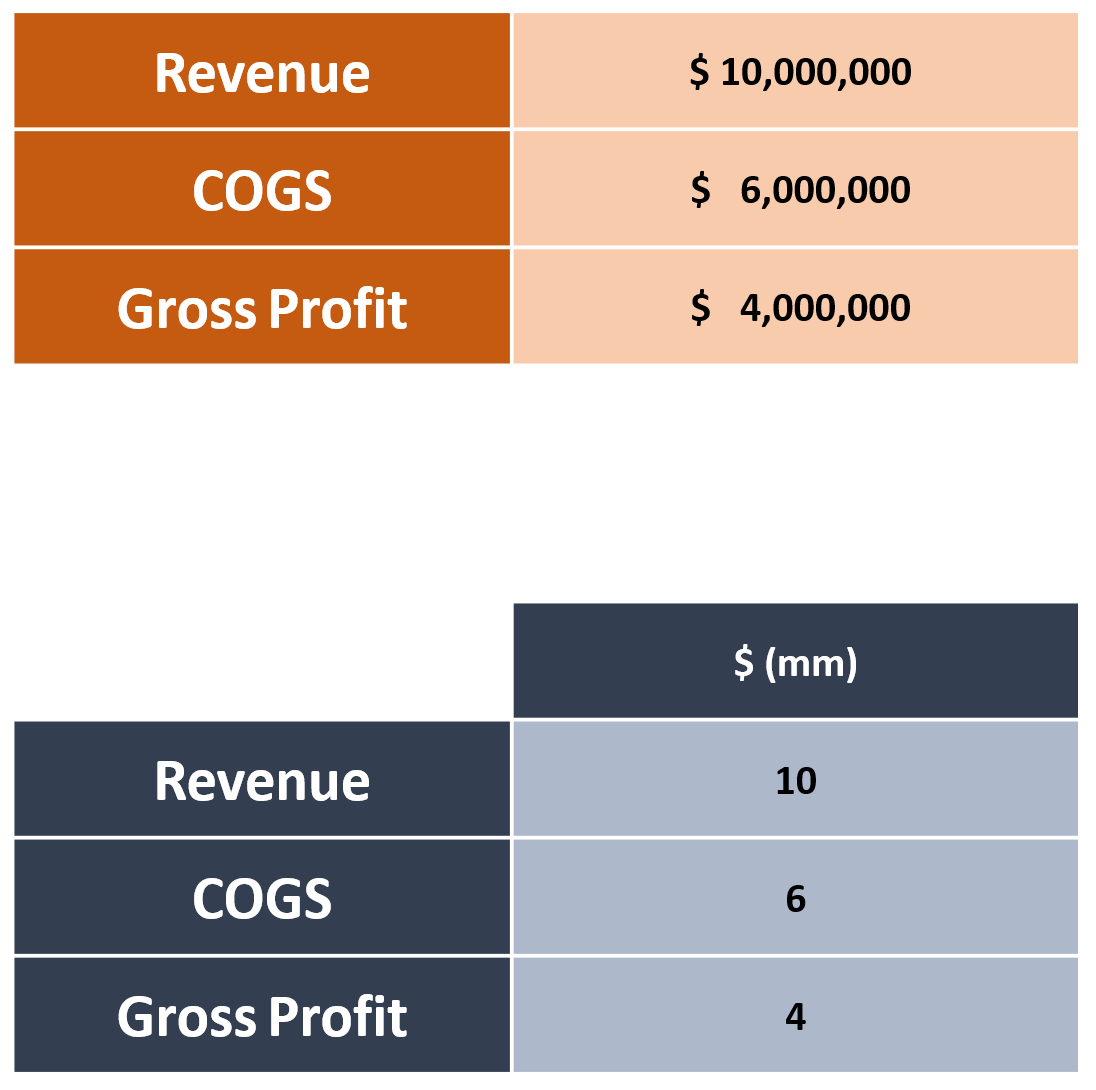
The goal of abbreviating large numerical values is to create financial statements that appear to be more simple and concise. This allows for the interpretation of financial statements to become more accessible.
- Instead of having $10,000,000 in revenue, $6,000,000 in cost of goods sold, and $4,000,000 in gross profit on the income statement, we can easily reduce the length of these figures using the (MM) abbreviation.
- Post abbreviation, the income statement displays 10 in revenue, 6 in cost of goods sold, and 4 in gross profit.
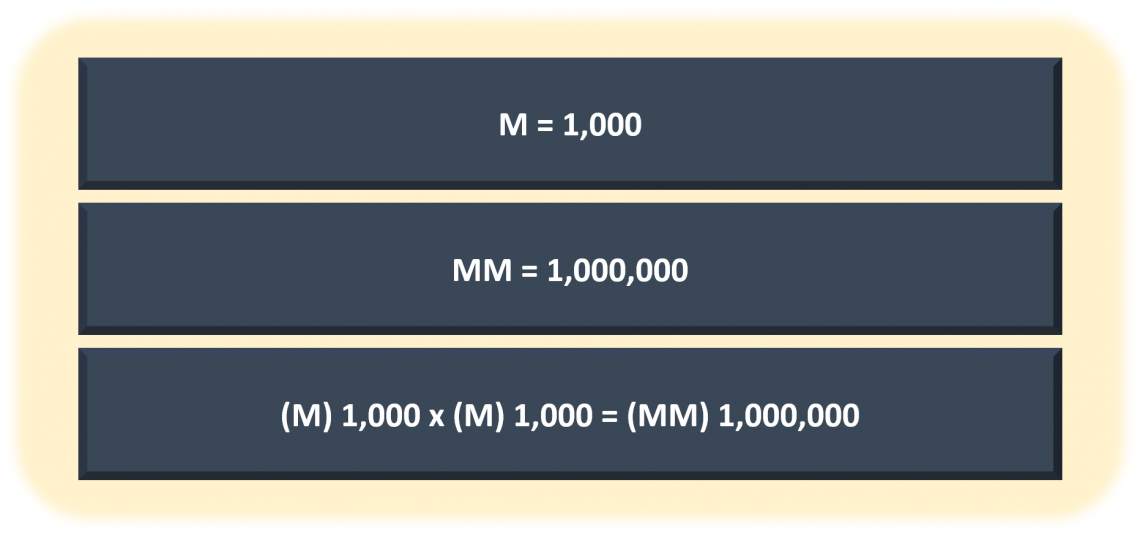
While the concept can seem confusing at first, it helps if you can understand that M is supposed to equal 1,000.
If 1,000 multiplied by 1,000 equals 1,000,000, and 1,000 equals M, then we can use the abbreviations to create calculations.
(M x M = MM) or (1,000 x 1,000 = 1,000,000)
How was the mm abbreviation created?
Before the 13th century, Europeans used Roman numerals for all mathematical equations. For example, M in Roman numerals stands for one thousand, while a bar above the M denotes a million.
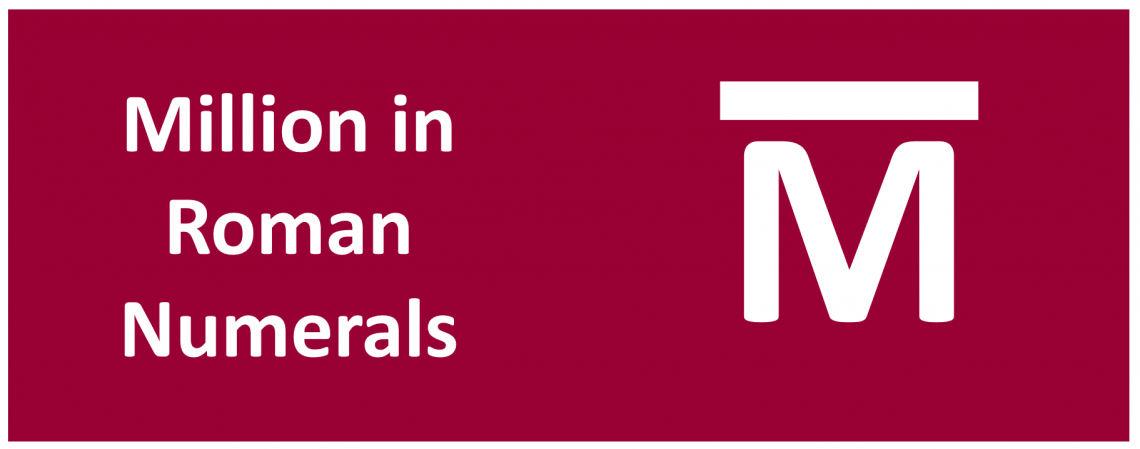
The numerical transformation post 13th century in Europe is largely credited to Leonardo of Pisa, also known as Fibonacci. In 1202, he wrote a book called “The Book of Calculation,” in which he advocated for conducting mathematical equations with the Hindu-Arabic numeral system as opposed to the Roman numeral system.

Painting of Leonardo of Pisa/Fibonacci taken from ThoughtCo
The Hindu - Arabic numeral system is what we have used ever since. This numerical system has the digits 0, 1, 2, 3, 4, 5, 6, 7, 8, 9. It was first created in India, and from there, it progressively spread to Arabia and China.
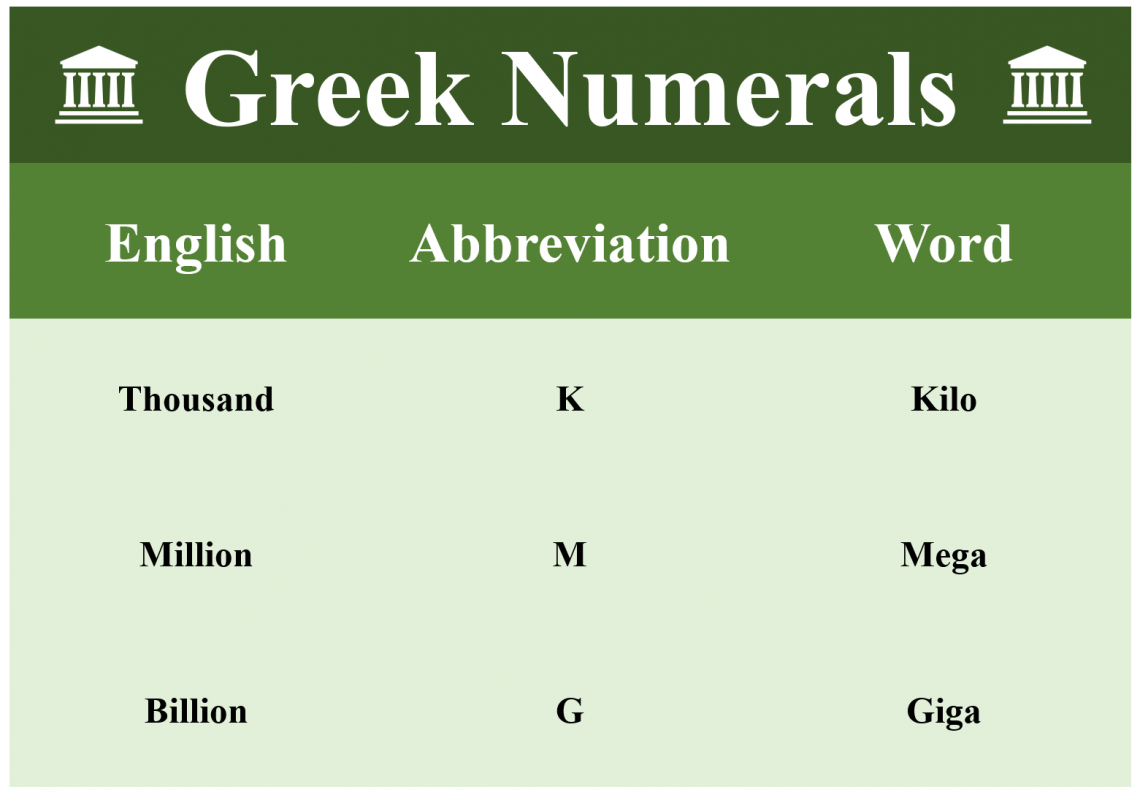
Ancient Greece as well had its unique numerical system. In it, the word for a thousand was Kilo, so the abbreviation for a thousand was K. The word for a million was Mega, so the abbreviation for a million was M. And the word for a billion was Giga, so the abbreviation for a billion was G.
Often, a thousand is still abbreviated as K instead of M in contemporary society.
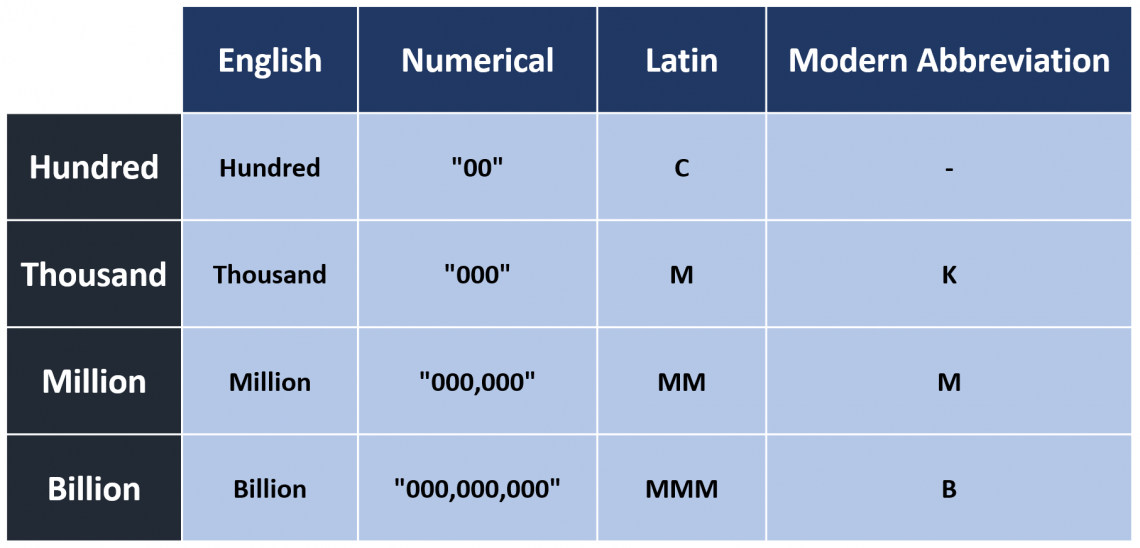
Looking at the Latin language, we find that the abbreviation for a hundred is C.
To summarize, our modern numerical system is the same as the Hindu-Arabic numerical system. However, our abbreviations are a concoction of multiple cultural legacies ranging from Rome, Greece, India, China, and Arabia.
Because we have multiple options to choose from when selecting an abbreviation, it is important to use context to make the proper selection.
For example, within financial statements, the industry-standard abbreviation is M for a thousand, while in everyday life, the abbreviation of K for a thousand is usually the acceptable one. Therefore, discretion must be applied within every situation to accurately implement the acceptable abbreviation or comprehend the abbreviation you are reviewing.
Free Resources
To continue learning and advancing your career, check out these additional helpful WSO resources:









or Want to Sign up with your social account?